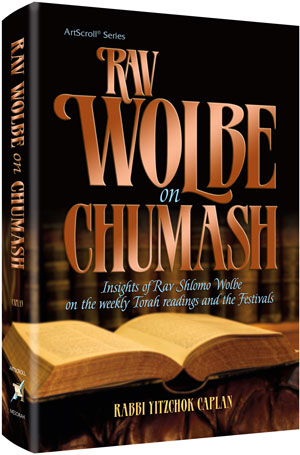The Mitzvah of shiluach
ha'kan (sending away the mother bird before taking her young) is described by
the Torah in Parshas Ki Seitzei: "If a bird's nest happens to be before
you on the way, in a tree or on the ground, and the mother is sitting on the
chicks or eggs, do not take the mother along with the young. Send away the
mother and then take the young" (Devarim 22, 6-7).
The Gemara (Chullin 139b) asks, since the pasuk stresses
that the nest was found on the ground, if one finds a nest on top of a person's
head, is he also obligated to fulfill the mitzvah of shiluach hakan? The Gemara
answers that he is obligated, since we find another pasuk (Shmuel II 15, 32)
which states, "And ground upon his head." Rashi explains that since
the Torah chose the word "ground" as opposed to "dirt", we
can deduce that despite the fact that the dirt was detached from the ground it
did not lose its identity, because while resting upon a person it is still
considered attached to the ground. If so, it must be that the human being
himself is considered ground, and therefore, the dirt upon his head is
considered as if it still lies upon the ground!
This fascinating Gemara gets even more interesting. The
very next Gemara asks, "Where does the Torah allude to Moshe [even before
he was born]? 'Since he is but flesh' (in Hashem's declaration that he would
destroy the world with a flood)." Rashi explains that "beshegam"
(since he is but) has the same numerical value as Moshe. Moreover, the generation
of the flood was given 120 years to repent, and Moshe lived to 120.
Rav Wolbe (Da'as Shlom Geulah pg. 187) explains the
connection between the two Gemaras. The first Gemara stresses the lowliness of
man: even after being created he still remains "a clump of ground."
The second Gemara stresses the exact opposite: the greatness of man. Despite
the fact that he "is but flesh" he has the ability to rise to the
level of the angels as Moshe accomplished. His origin is lowly, but his
potential is unlimited!
This idea sheds light on the subsequent Gemara as well.
"Where does the Torah allude to Haman? Is it from the tree [that I told
you not to eat from that you ate]" (Bereishis 3, 11)? The tree of
knowledge was the root of all evil. However, Haman succeeded in taking evil to
a whole different level. Because a single person failed to bow down to him, he
schemed to annihilate an entire nation! Once again we perceive the unlimited
ability of man - only this time it was harnessed toward evil.
"Where is Mordechai hinted to in the Torah? Mara
Dachia" (The Targum's translation of Mor Dror, the first of the spices
used in the incense. Shemos 30, 23). The incense was burned in privacy while no
one was watching. This was the attribute of Mordechai who personified the
middah of tznius - doing what is right without fanfare. Esther also exemplified
the middah of tznius, since after she became queen, she did not reveal her
nationality.
Rav Wolbe adds that there is yet another common
denominator between Mordechai and the incense. The smoke caused by the burning
of the incense would rise like a pillar without spreading to the sides. So too,
Mordechai stood ramrod straight and did not bow or bend to Haman and the evil
he espoused. It was these two traits - tznius and an unswerving adherence
to the Torah's standards - that affected the miracle of Purim.
The
lesson to be learned is clear: Man's ability is unlimited. Harnessing our
awesome potential toward the service of Hashem, not only brings us closer to
Him; it also has the ability to bring redemption to His entire Nation!


No comments:
Post a Comment